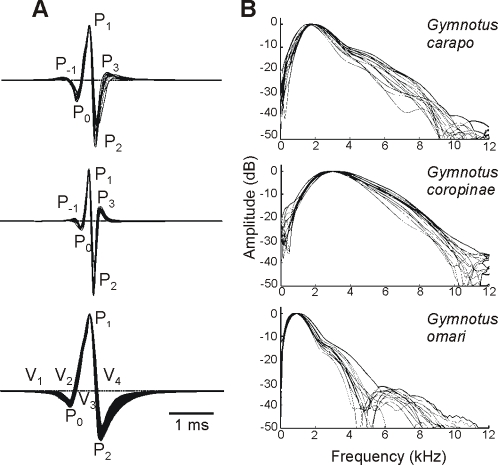Figure 1. Head to tail electric organ discharges.
Electric organ discharge waveform (a) and spectral power density (b) for 15 adult specimens of Gymnotus carapo, G. coropinae (both from Surinam), and G. omari (from Uruguay). Electric organ discharges were plotted with head positivity upwards, normalized and aligned to the peak amplitude of the dominant positive peak (P1). Scale bar = 1 ms. We indicate here the wave components using the two nomenclatures available from the literature. The nomenclature by Trujillo-Cenòz et al. [44] is based on the ordinal number of wave components (labeled as V) in the sequence of deflections observed at the head to tail recordings. These components were defined not only by their presence in the head to tail recordings but also by their different origin and mechanisms of generation [6]. Crampton's [38] nomenclature (used in several species of the genus) refers only to the ordinal number of each peak (P) in the head to tail recordings, referring to P1 as the main positive peak. For G. omari, P0 = V1 + V2, P1 = V3, P2 = V4. The application of a wave components based nomenclature to the head to tail recordings of G. carapo and G. coropinae is impossible because head to tail peaks are just the weighted sum of several waveform components of different origin, and probably generation mechanisms, which occur overlapped in time. Instead, we introduce a new nomenclature with a numeral sub index indicating the temporal order and a literal sub index indicating the spatial origin (r for rostral, c for central, and t for tail, see Fig. 5 for the pattern of electromotive forces and Fig. 8 summarizing our hypothesis on the electric organ discharge generators)

